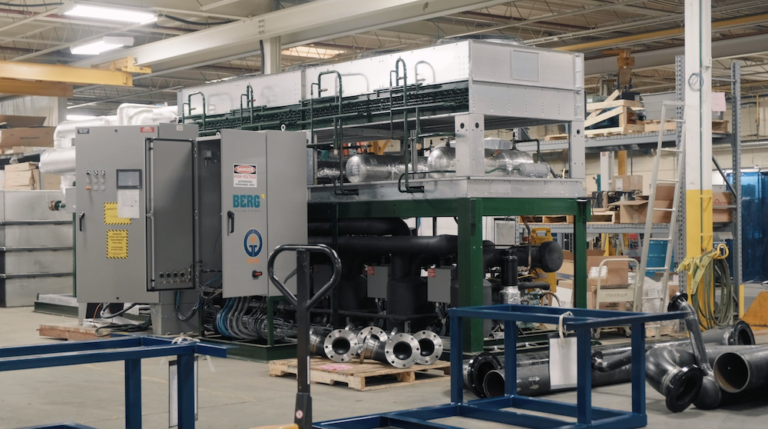SUN NEWS COLUMN: Technology will address climate issues

In 1898, government bureaucrats gathered at the first urban planning conference in New York to discuss a very serious problem – the “Great Horse Manure Crisis.”
At the time, city streets around the world were full of horse and buggies transporting people and products all over the place. But those same streets also had a growing problem with horse manure, and in some cases, horse carcases laying on the roads for days at a time. All this culminated in an influx of flies that spread typhoid fever and other diseases.
Urban planners at the New York conference never did solve this problem though. The issue was eventually addressed by technological change as cars replaced the horse and buggy.
Over 100 years later, governments around the world are once again sounding alarm bells, this time about a “climate emergency.” Greenhouse gas emissions are now in the crosshairs of politicians across the political spectrum.
But just as we saw with the “Great Horse Manure Crisis,” it likely won’t be preachy politicians and bureaucrats that address the planet’s emissions, but rather technological change.
Note that society is currently addicted to oil and that doesn’t appear to be changing. The United States government just released analysis that estimates global oil and gas usage will increase at least until 2050. Other forecasts show similar growth patterns.
Oil demand is expected to grow not only for transportation purposes, but also for making products that are made with oil: plastics for our cell phones, children’s toys, aspirin, lipstick and bicycle tires to name a few.
Electric cars are one option to help reduce emissions (provided they don’t receive their power from coal power plants), and they’re starting to put a very small dent mall dent in vehicle sales, but mass adoption is likely quite far off.
What we have seen, however, are several companies coming forward with new technology to reduce emissions. Here are a few great Canadian examples:
Ontario-based Pond Technologies has created a system that diverts carbon dioxide from smokestacks into large tanks that have algae inside. The algae then consume the carbon dioxide that’s pumped into the tanks and multiply. Ultimately, the algae can be processed and used to produce everything from animal feed and nutraceuticals to bioplastics and fertilizer.
Ontario-based Berg Chilling Systems has also developed technology that’s quite innovative. Their equipment reduces the amount of volatile organic compounds (VOCs) that are burned at sites where oil and gas is extracted. Instead of oil companies burning methane and other gases when they extract oil and gas from the ground, Berg Chilling System’s equipment allows the companies to captures these gases and reduce their greenhouse gas emissions.
According to Berg’s site, just one of their units can reduce carbon dioxide emissions by 11,500 tons in a single year.
In the trucking world, companies such as Drivewyze have developed apps to help trucks with good safety track records bypass weigh stations. By skipping these stops, the trucks don’t have to sit and waste fuel while staff weigh their vehicle and review their records.
To be sure, these tools won’t address Canada’s emissions on their own, but Canadians should know that lots of local companies are busy working on technological solutions. Dire predictions about the end of the world are more horse manure than anything.
Colin Craig is the president of SecondStreet.org, a new Canadian think tank.
This column was published in Sun newspapers on November 2, 2019
Other Canadians Share Similar Experiences:
Don and Jackie, Winnipeg
Jerry and Becky, Calgary
Troy and Erika, Victoria
Jim Jones, Toronto
You can help us continue to research and tell stories about this issue by making a donation
or sharing this content with your friends. Be sure to sign up for our updates too!


